IntegratED Classroom Learning Experiences with TechnologyIntegrating technology has been a hot topic for quite some time. If you search you will find many different PD books, articles, and tips and tricks on the subject. All of this can be very overwhelming if you're someone that isn’t as “tech savvy” as you think others might be. I’m here (Meg) to tell you I was that person. When I first was introduced to “THE DRIVE” for google I was terrified I would lose all of my desktop folders full of all the goodies. I put up a wall that stopped me and my students from this new learning. It took me some time and some navigating around a few learning curves but now I work in nothing but the drive. You could say it's my life. And now I am a one to one classroom, Google certified and I am always on the lookout for new ways to incorporate technology into my classroom and my personal life. Our Live by Tips and Tricks
IdeasThere are so many different ways that you can incorporate technology into your classroom to give students an experience they will remember. Here are just some of the ideas/apps we use frequently throughout the year. Do you have some favorites? We would love to hear them! Comment on our blog or message us on any social media and we will be sure to shout you and your idea out!
NearPod: Create your own learning pathway for your students by adding tons of different multimedia to a very easy to use slide deck. You can choose to put this as student lead or teacher lead. Check out the Mrs. Everest preview Kara created during our landforms unit. Google Earth/Maps: Are you learning about a battle? What about an ecosystem? A different culture? Before your lesson, direct your students to a place on the earth for them to explore and ask questions. You can go just about anywhere in the world!
Green Screen: Green screen projects are a great way to integrate technology into your classroom, no matter the grade level! Here are some ideas that can be used as is or modified to fit whatever grade level or subject you teach. Using a green screen with video allows you to replace the background with any image or video of your choice. You can transport yourself anywhere in the world, and beyond, with a green screen. Using any recording device the person filming stands in front of a large green screen and records their video. After the video is recorded your students can use an app like PicCollage, iMovie or DoInk to add your own video or image.
If you want more specific ideas on how to incorporate a green screen into your learning experiences, click here to read our article, 10 Green Screen Ideas for the Classroom. Skype: Bring in an expert, explorer, or veteran to you! Using the platforms of Skype, Zoom, Google Hangout, you can easily bring in people to interview. This is a great way to connect students to others in their community/world and to hear first hand about different real life experiences. National Geographic has a place where you can book an explorer to talk with your students. Who could you “bring in” to give your students an experience on interviewing and learning more about your topic? This is also a great way to integrate different reading, writing, speaking and listening skills by having them prepare questions for guests. After visiting and interviewing your guest, students could use this information to add to a research paper or presentation for a final assessment at the end of the unit. Digital Escape Room: These are a great way to get your students to use their problem solving skills, collaboration, learning content and provide some game play. You can create your own or use some that are already made to fit your content. Check out Matt Miller’s blog for 40 Free Digital Escape Rooms and a step by step guide on how to create your own.
0 Comments
IntegratED Classroom Learning Experience: Visual ArtsClassroom learning experiences are powerful, effective, engaging, and did we mention fun! :) Classroom learning experiences can also take on many different forms. Last week we discussed classroom learning experiences that were movement focused. If you missed that blog, go check it out! This week we are focusing on the arts. Now, if you are anything like me (Kara), you hear the word art and immediately start to panic. But don’t worry! Perfection is not the goal. This art is meant to let students express their thinking, their learning, their creative side. We want to show you how the power of classroom learning experiences and the power of the arts can come together and create unforgettable learning in your classroom. IdeasWriting Storyboards: Provide students with a set of squares to plan out their story using drawings. Some students have a very difficult time writing down their story in order. Having students draw their story in order will provide them a visual support to verbally tell their story, get their story all out on paper, and give them a tool to look back on when it's time to write. Picture This Window: Have students draw a picture on paper slightly longer than a 5x7 frame. Use a 5x7 frame to put their picture into a window. Provide students with different multimedia (crayons, chalk, markers, etc). This visual activity has many different uses. For example, you could have students write a poem to their picture, create a story through a different perspective of someone looking into the window, or create a visual to go with a research paper like a habitat. Symmetry Face: Take a picture of your students and print them in 5x7 or 8x10. Cut their face in half and glue it to a white paper. Have students draw the other side of their face. Build it: In science your students have been learning about atoms and molecules or maybe different landforms. To show understanding, have students create a model using playdough, clay, plaint or other media. History Connection: Take a look at some of your social studies standards. In our state standards it asks for 2nd graders to recognize and describe culture influences people including Indigenous Tribes of Wyoming. This would be a great opportunity to look at the different drawings, clothing, pottery etc. Then have students create their own piece. Art Collaboration: Put students into small groups and give them different art supplies. Ask the groups of students to work together to create some type of art piece. This could be centered around what you are learning in class or free creativity. The point of this activity is to have students create together. You are looking for students who are listening to each other, giving their opinions, sharing, and being flexible. This is a great way to practice those soft (interpersonal) skills. Classroom Tip: Try to use and provide different types of media for your students to create with. For example, give them paper, crayons, paint, watercolor, chalk, etc. Give them the tools to explore and find what they love. Remember every student is going to react differently to creating, give them time, the tools, and space to show you what they can do. Visual arts can change the entire perspective of a student’s day in the classroom just by being supportive and encouraging their unique ideas. It also could knock down a barrier for them to understand vital content. As teachers we ask our students to produce a certain answer on standardized tests, a form of writing, a set answer in math, and so forth. Integrating the visual arts into their day provides some of those students the outlet to be themselves or a pathway to understanding content they might not have understood through a text. As teachers we need to become excited about learning in different ways and let students have more control of their knowledge and how they want to express it.
IntegratED Classroom Learning ExperiencesHow many of you have seen the cute videos on social media of little babies bouncing or jumping to the beat of a song? They are so cute! But even more importantly, even as babies, they are reminding us the importance of getting up and moving! As humans, we are meant to move! Movement is natural for children, no one has to teach them to move to a beat of a song or jump up and down when they are excited. Susan Griss says “Children naturally move. They react to and explore their world in a physical way. When they arrive in school, they are fluent in this nonverbal, physical language”. By fostering their movement and integrating it into their learning, children are going to thrive. Students will be able to take something that comes naturally to them and apply it to their learning of the content, giving them the opportunity to express their understanding of the content in a way that makes sense to them. Movement IdeasPlot: In the primary grades students are asked to understand the plot of the story with character, setting, and plot. After reading a story with a distinctive plot students map out their path on paper to show the beginning, middle, and end. They move through each section with different movements/poses. Life Cycle: After students have learned the life cycle stages of an animal or plant, have them create different movements to show each stage with their bodies. Encourage them to be big/small tall/short. For example, if they are showing movements for a life cycle of a flower a seed would be close to the ground, bodies in a ball. Their flowers might be tall, reaching for the sky, making blooming motions.
Movement Math: Have students use their bodies to show different shapes. Students use their feet to draw the shape on the ground. Clock Movement: Students use their bodies to show different times on an analog clock. Story Problems: Students could ‘act’ out the story problems to help solve. Addition vs. Subtraction: Students could have different moments/action for addition and subtraction to help them differentiate between the two and to help them pay closer attention to the symbols. Vocabulary Movement: Have students stand up and use their bodies to act out different meanings of words. Habitat Movement: Are you learning about different animals? Have students act out their animals in their habitat. Topic Movement: Let’s say you are learning about matter. Have your students move like a solid, liquid, or gas. This not only gets them up and moving but provides you with a quick idea of what students might still need clarification. Writing Movement: Have students create different movements for parts of their writing. For example, If you are teaching opinion writing, the introduction sentence, three reasons, and close would each have a movement. Song & Dance: So many of us educators have little songs or jingles to help students remember different content. Put simple little actions to that song/jingle (no need for Broadway level choreography 😉) and you will be amazed at how that will stick with the students!
Benefits of Integrating Movement
If we really want students to learn we must connect the material with their memories so that it sticks.” -The Playful Classroom Teachers are ArtistIntegrate: To combine (one thing) with another so that they become a whole. Combine, merge, unite, blend (Painting created during our Disrupting the Norm conference session.) Integration. When you look up the word integrate, the term is defined as to bring together, incorporate (parts) into a whole; to unite or combine. When I think of these words, my mind begins to imagine an artist. Artists are masters of mixing, combining, and blending together different colors, materials, and textures to create their masterpieces. They are meticulous and purposeful with their use of colors and materials. Every brush stroke has a purpose and intention. Now you may be wondering what artists have to do with teaching? In our opinion, a lot. We believe that teachers are artists. They bend, mold, and create not with clay and paintbrushes, but with content, students, materials, and resources. Teachers create masterpieces called learning every single day! Teachers are creative and imaginative people who have been stifled and put into a box for too long. We are wanting to bring back teachers’ creativity, fun, and excitement through multi-level and multi-subject integration, showing them that with integration their masterpieces of learning will be amplified tenfold. It is important to remember that integrating content can take many forms. Many times when others hear of integration within the realm of education they automatically think of technology or a component of the arts. But integration can be and is so much more than that! Integrating content in education can and should include technology and arts, but also science, social studies, math, reading, writing, and grammar. It is integrating the hard and soft (interpersonal) skills students need to be successful in the classroom and in life, such as collaboration, problem solving, analyzing information, communicating with others, and using their creativity to do something amazing. Another important thing to note about integrating content in the classroom is that it has to be purposeful. Integrating content is not pulling a non-fiction book for a read aloud and calling that integrating science or social studies. Just as an artist has a purpose for every brush stroke and color choice, so does content integration. It takes thought, effort, and planning to ensure that content integration is being purposefully and effectively, but the time spent planning and ensuring that is being done, will be time well spent and time that will be used more effectively while delivering instruction. Now, you may be wondering how is that even possible? Well… that is what we are here to help you with. We want you to see the power of full purposeful integration in the classroom. We want you and your students to experience the excitement, the engagement, the fun, and the effectiveness of purposeful multi-subject integration in the classroom. If you have read this through so far, that last paragraph may have you scratching your head and rocking your world possibly a little bit. Questions are probably flooding your head. Thoughts of “That can’t be done” are surfacing in the back of your mind. You might even be thinking about putting this book down. But we are here to encourage you and to show you that it can be done. We are not here to walk along a path that has already been created for us. We are here to disrupt the norm in education. We are here to make our own path. We are here creating our own pathways because we have students who live in a world completely different from what we grew up in and in a world that is ever changing, and ever so quickly. We are here to disrupt the norm in education that we have all grown so accustomed to. Are you ready to start on your own path for your students and for yourself? Are you wanting a change? Are you ready for some disruption? Do you feel ready to get started but are wanting some more coaching and support along the way? Don’t hesitate to get a hold of us at [email protected] or follow us on any of our social media platforms; Facebook, Instagram, Twitter, @IntegratEDk12. Also, for more individualized and in depth learning on multi-subject integration in the classroom, Check out our IntegratED cohort starting August 2022! LIMITED spots will be available!
|
AuthorMegan and Kara are educational leaders, professional development experts, and current classroom teachers who are improving the way instruction is being delivered in the standard classroom. Archives
May 2024
Categories |
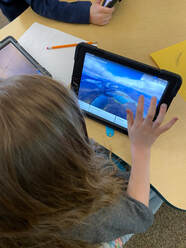
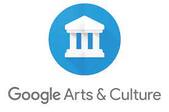
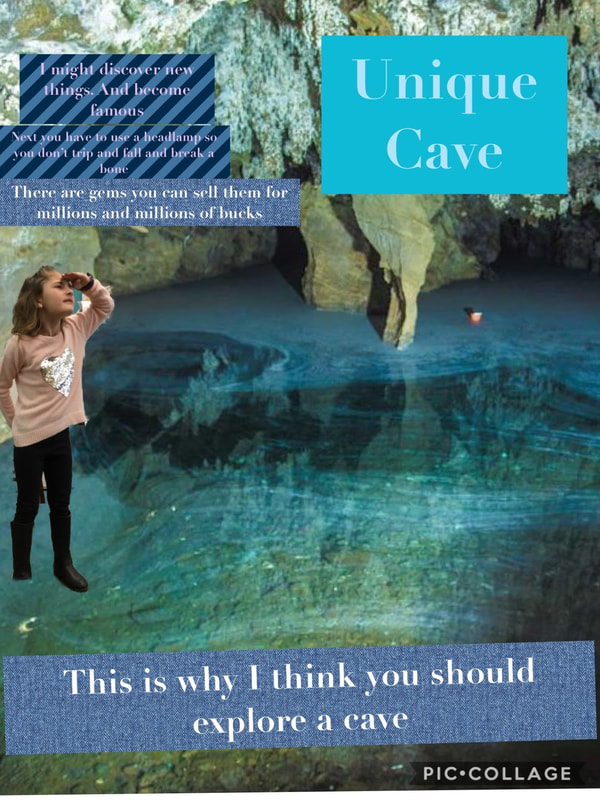

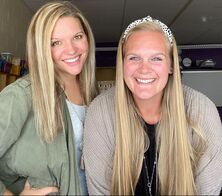
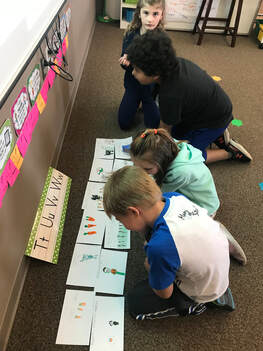
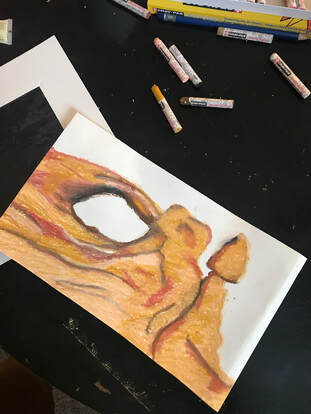
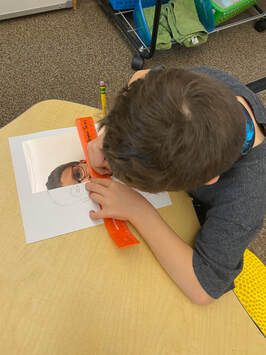
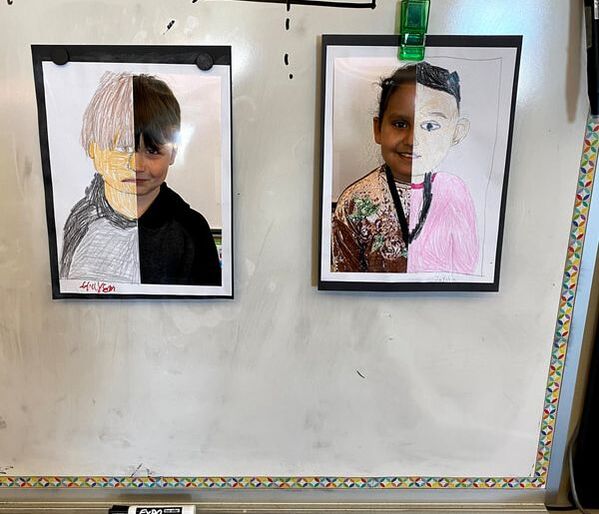
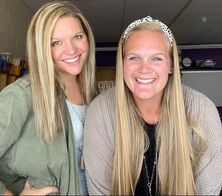

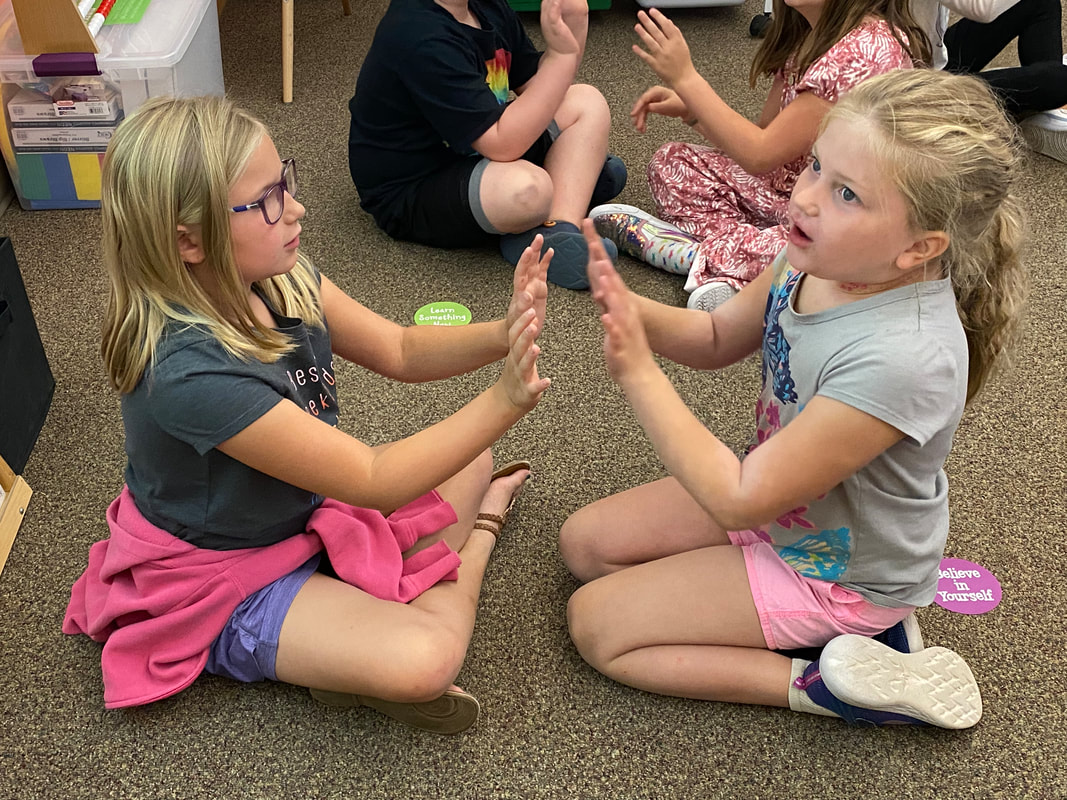
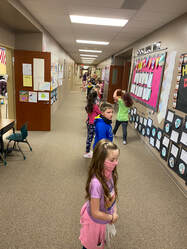
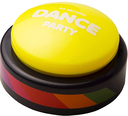
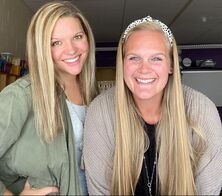
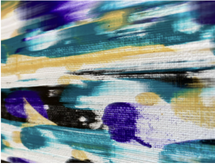
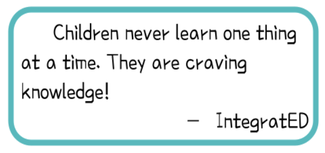


 RSS Feed
RSS Feed
